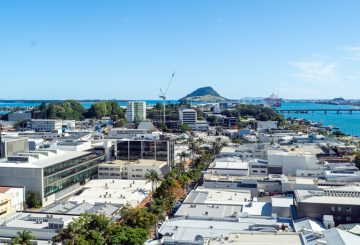Mức lương sinh hoạt của New Zealand sẽ tăng 2,35 USD hoặc 9,9% so với mức 2022/23 lên 26 USD/giờ, phản ánh sự gia tăng gần đây về chi phí sinh hoạt và nhu cầu của các gia đình. Một công nhân toàn thời gian kiếm được mức lương sinh hoạt mới bây giờ sẽ được trả $54.080 trước thuế hàng năm. Mức lương sinh hoạt được tính toán lại mỗi năm năm, với những điều chỉnh trong các năm khác liên quan đến mức lương trung bình theo giờ ở New Zealand. Người sử dụng lao động lương sống được công nhận sẽ trả mức mới vào ngày 1 tháng 9 năm 2023.
Theo Rev Stephen King, chủ tịch của Phong trào Lương sống, mức tăng này đảm bảo rằng mức lương sống sẽ tiếp tục giải quyết nghèo đói trong công việc và cung cấp an ninh và hạnh phúc hơn cho người lao động. Phong trào Lương sống đã quan sát thấy khó khăn gia tăng trong cộng đồng do chi phí gia tăng và áp lực đối với người lao động có lương thấp. Sự gia tăng tỷ lệ lương sinh hoạt có nghĩa là người lao động tại các nhà tuyển dụng có lương sống được công nhận sẽ kiếm được ít nhất 3,30 đô la nhiều hơn mức lương tối thiểu, hiện tại là $22.70 một giờ.
Rose Kavapalu, một người dọn dẹp được trả lương sinh hoạt, cho biết mức tăng lên $26 một giờ sẽ cho phép cô kết nối lại với gia đình. Cô nói rằng mức lương sống có thể cảm thấy như 5 xu đối với một số người, nhưng với cô và gia đình, nó có nghĩa là cuối cùng sống một cuộc sống. Người sử dụng lao động lương sống được công nhận sẽ trả mức giá mới, điều này sẽ ảnh hưởng đến hơn 370 người sử dụng lao động, vào ngày 1 tháng 9 năm 2023. Môi trường Canterbury (eCan) là nhà tuyển dụng tiền lương sống mới nhất được công nhận, và nó đã trở thành hội đồng khu vực đầu tiên đạt được tình trạng này. Chủ tịch eCan Peter Scott bày tỏ niềm tự hào của mình về thành tích này, nói rằng trả lương sống là điều đúng đắn để làm cho nhân viên và các nhà cung cấp hợp đồng.





























































